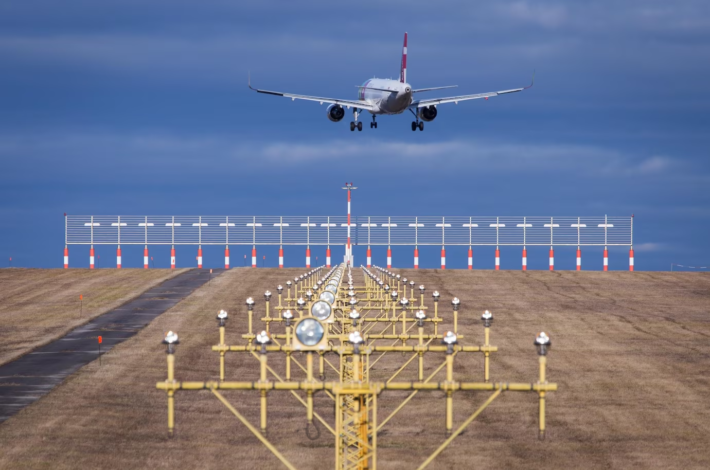
Aviation is an industry that operates on precision and safety. Every aspect of an aircraft’s performance is carefully monitored to ensure smooth operations and passenger well-being. One such crucial parameter in aviation is VLO (Velocity Limitation Operation), which plays a vital role in aircraft operations and safety.
Understanding VLO
VLO, also known as Velocity Limitation Operation, refers to the maximum permissible airspeed at which an aircraft can safely operate under specific conditions. It represents a critical threshold beyond which the aircraft may encounter structural or aerodynamic limitations. VLO is typically specified by aircraft manufacturers and regulatory authorities to ensure safe and efficient flight operations.
The Importance of VLO
Ensuring aircraft safety is paramount in the aviation industry. VLO plays a crucial role in maintaining the integrity of the aircraft’s structure and preventing potential accidents or incidents. By adhering to the specified VLO, pilots and operators can mitigate the risk of encountering excessive aerodynamic forces or structural stress during flight. This adherence to VLO guidelines helps safeguard both passengers and crew.
VLO and Performance Limitations
VLO is closely associated with the performance limitations of an aircraft. Understanding these limitations is vital for pilots and operators to ensure safe and efficient flight operations. Let’s explore some key aspects related to VLO and performance limitations.
1. VLO and Maximum Airspeed
VLO sets the maximum airspeed beyond which an aircraft should not operate. This limitation accounts for various factors, including structural considerations, control effectiveness, and flutter boundaries. By adhering to the specified VLO, pilots can prevent potential damage to the aircraft’s structure and maintain control authority.
2. VLO and Maneuvering Speed
Maneuvering speed is another important consideration in relation to VLO. It represents the maximum speed at which abrupt control inputs can be made without risking structural damage. Operating beyond maneuvering speed can lead to excessive aerodynamic loads and potential structural failure. VLO and maneuvering speed work in tandem to ensure safe maneuvering capabilities during flight.
3. VLO and Turbulence Penetration Speed
Turbulence can pose risks to an aircraft’s stability and structural integrity. VLO incorporates turbulence penetration speed, which represents the maximum speed at which an aircraft can safely operate in turbulent conditions. Adhering to the specified VLO during turbulent encounters helps minimize the chances of encountering excessive structural stress or loss of control.
4. VLO and Weight Restrictions
VLO may also vary depending on the weight of the aircraft. Heavier aircraft may have lower VLO limits due to increased structural loads. Pilots must consider these weight restrictions and operate within the prescribed VLO limits to ensure safe flight operations.
Conclusion
VLO, or Velocity Limitation Operation, is a vital parameter in aviation that governs the maximum permissible airspeed for safe aircraft operations. By understanding and adhering to VLO guidelines, pilots and operators can ensure the structural integrity of the aircraft and maintain optimal performance. The applications of VLO span from pre-flight planning to in-flight operations, with a primary focus on safety. By prioritizing VLO, the aviation industry continues to uphold the highest standards of safety and efficiency.